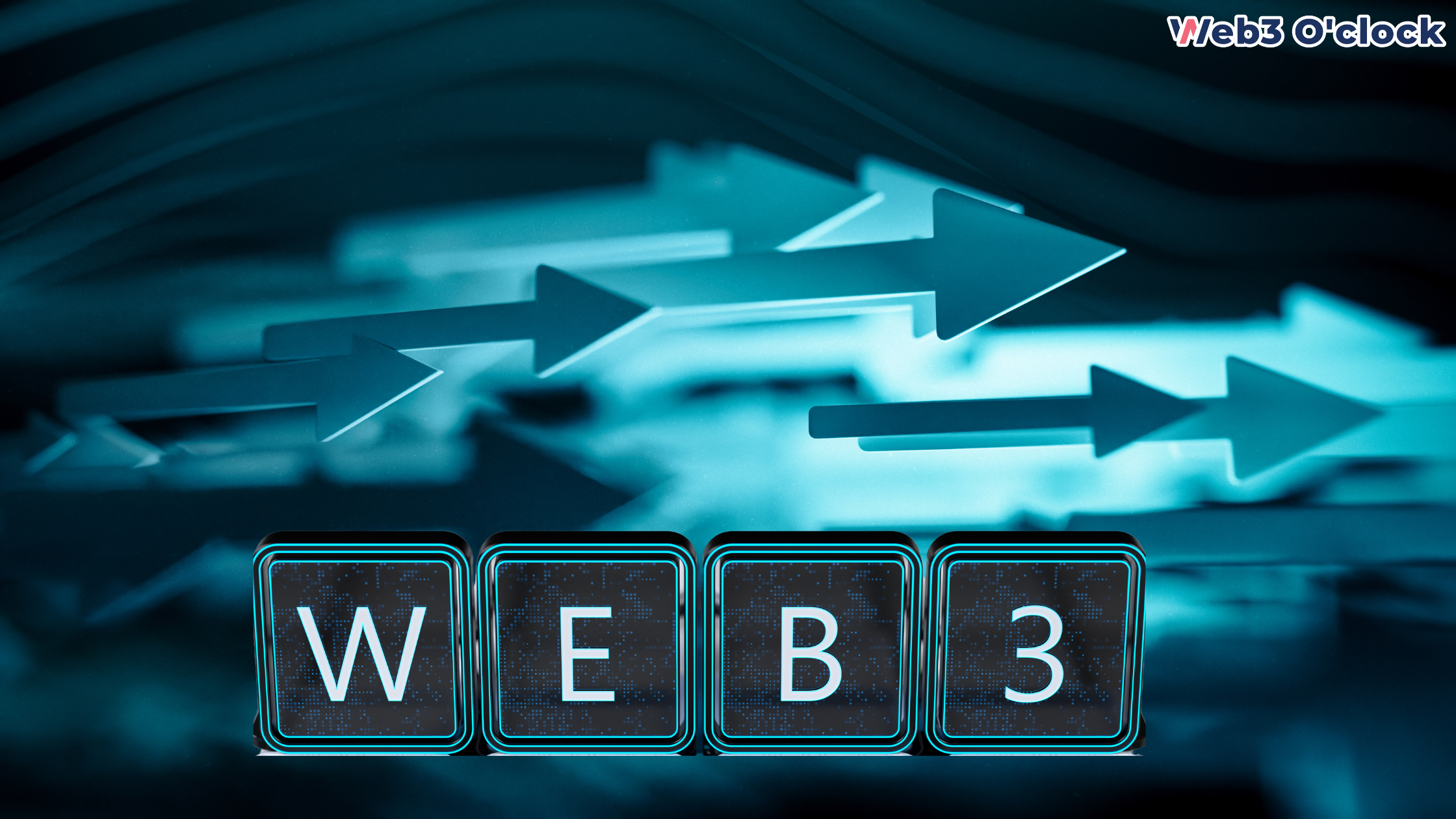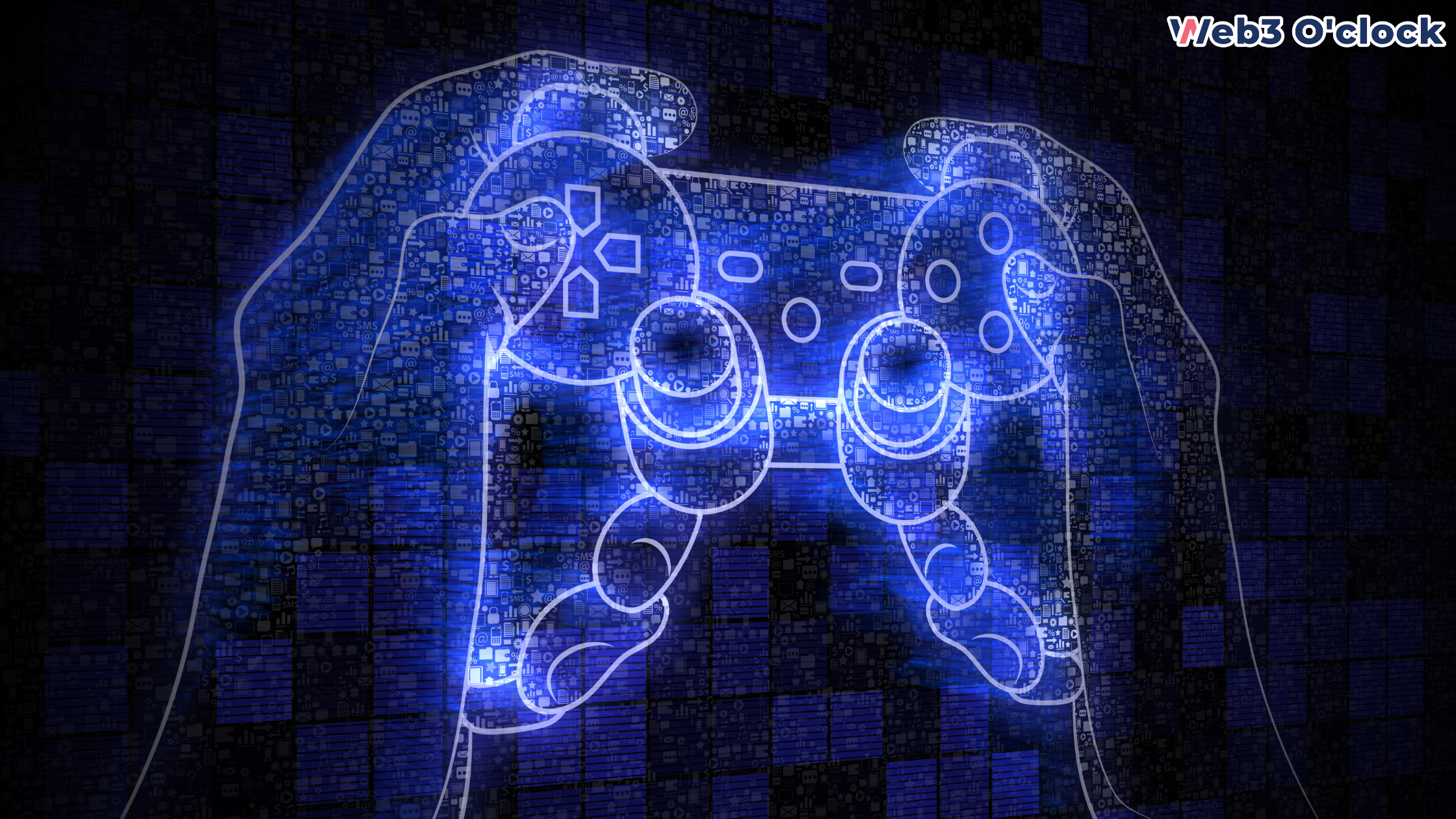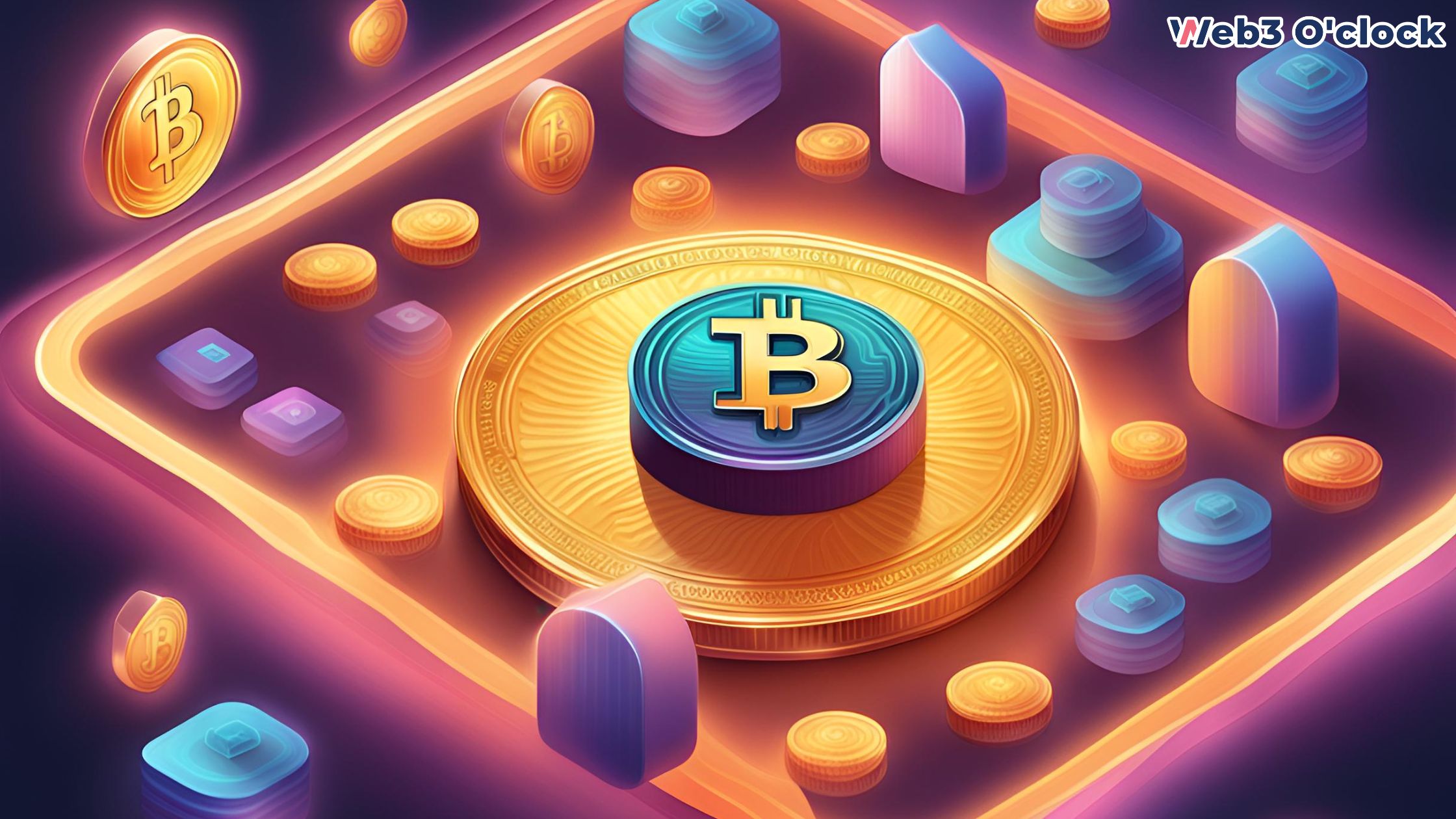Web5 and Web3 represent different stages in the evolution of the internet and have distinct characteristics and goals. Here, we will provide a clear differentiation between Web5 and Web3, highlighting their unique features and objectives.
What is Web3?
The Decentralized Web Web3 is a concept that emerged around 2006, although the term itself was coined in 2014 by Gavin Wood. It aims to address the challenges of Web2, particularly the collection of personal data by centralized entities for surveillance capitalism. The primary focus of Web3 is to create a decentralized internet where users have control over their own data, identity, and online experiences.
Key Features of Web3
- Decentralization: Web3 leverages blockchain technology and smart contracts to create decentralized networks that are not controlled by any single entity. This ensures that no single party has complete control over user data or can limit or censor access to information.
- Trust and Transparency: Web3 platforms rely on consensus mechanisms and cryptographic protocols to establish trust among network participants. The use of transparent and immutable blockchain technology ensures that data and transactions are verifiable and tamper-resistant.
- User Ownership: In Web3, users have ownership and control over their personal data. They can decide how their data is shared and used, reducing reliance on centralized platforms that monetize user data without consent.
- Direct Value Transfer: Web3 enables direct peer-to-peer value transfer without intermediaries. Cryptocurrencies and tokens play a crucial role in facilitating transactions within decentralized applications (DApps) and creating new economic models.
What is Web5?
The Emotional Web Web5, also known as the Emotional Web, is a term that gained attention with the recent announcement by TBD, a subsidiary of Block. It focuses on creating an interconnected network that communicates with users on an emotional level, leveraging neurotechnology and personal assistant-like interactions.
Key Features of Web5
- Emotional Interaction: The core aspect of Web5 is its ability to perceive and respond to users’ emotions. This involves utilizing technologies like facial recognition and neurotechnology to enable emotional interactions between humans and computers.
- Symbiotic Relationships: Web5 envisions a symbiotic relationship between humans and machines, where constant access to robots becomes an integral part of everyday life. This interaction aims to enhance human experiences and facilitate tasks through emotional understanding.
- Contextual Content: Web5 tailors content and interactions based on users’ emotions, preferences, and facial recognition changes. It aims to create a personalized and emotionally engaging web experience, adapting to users’ needs and providing relevant information.
- Innovative Technologies: Web5 explores emerging technologies such as neurotechnology and artificial intelligence to create an emotionally intelligent web. These technologies analyze user behavior, emotions, and facial expressions to deliver personalized and contextually relevant experiences.
Is Web 5 better than Web 3?
The question of whether Web5 is better than Web3 is subjective and depends on individual perspectives and priorities. It’s important to note that Web5 and Web3 represent different stages and visions for the future of the Internet, each with its own unique features and goals.
Web3, with its focus on decentralization, user ownership of data, and direct value transfer, aims to address the issues of centralized control and data privacy that are prevalent in Web2. By leveraging blockchain technology and smart contracts, Web3 seeks to create a more transparent and user-centric online environment.
Web5, or the Emotional Web, emphasizes emotional interactions, symbiotic relationships between humans and machines, and personalized, contextually tailored experiences. It explores technologies like facial recognition and neurotechnology to enhance user engagement and create a more emotionally intelligent web.
Both Web3 and Web5 have their strengths and potential benefits. Web3 offers the promise of increased user control, privacy, and decentralized governance, addressing concerns about data ownership and censorship. It provides opportunities for new economic models through decentralized applications and value transfer.
Web5, on the other hand, aims to create a more emotionally engaging and personalized web experience. By leveraging emotional interactions and advanced technologies, it seeks to enhance human-computer interactions and cater to individual preferences and needs.
Ultimately, the “better” option depends on one’s priorities and preferences. Some may prioritize decentralization and user control, making Web3 more appealing. Others may value emotional engagement and personalized experiences, making Web5 a more attractive prospect. It’s also worth considering that Web5 is a relatively new concept, and its practical implementation and impact are yet to be fully realized.
Both Web3 and Web5 contribute to the ongoing evolution of the Internet, and their respective visions offer exciting possibilities for the future. It’s essential to continue monitoring developments in both areas and evaluate their outcomes and implications as they unfold.
Conclusion
Web3 and Web5 represent different stages and visions for the future of the internet. Web3 focuses on decentralization, user control, and trust, aiming to create a fair and transparent online ecosystem. On the other hand, Web5, the Emotional Web, emphasizes emotional interactions, symbiotic relationships, and contextually tailored content to provide users with a personalized and emotionally engaging web experience. Both concepts contribute to the ongoing evolution of the internet, driven by technological advancements and the pursuit of a user-centric and inclusive digital environment.
FAQs
Is Web5 a widely accepted concept in the technology community?
Web5, also known as the Emotional Web, is not yet widely accepted or fully defined within the technology community. While the term has been used by individuals like Tim Berners-Lee, the inventor of the Web, its specific implementation and features are still evolving. It is an emerging concept that explores emotional interactions and personalized experiences in the web environment.
What are the main differences between Web3 and Web5?
Web3 focuses on decentralization, user control of data, and direct value transfer. It aims to address issues such as centralized control, data privacy, and censorship resistance. On the other hand, Web5, or the Emotional Web, emphasizes emotional interactions, symbiotic relationships between humans and machines, and personalized experiences. It explores technologies like facial recognition and neurotechnology to enhance user engagement and create an emotionally intelligent web.
Which web concept is more advanced in terms of development and implementation?
Web3 is currently more advanced in terms of development and implementation compared to Web5. Web3 technologies, such as blockchain platforms like Ethereum, have seen significant adoption and the creation of various decentralized applications (DApps) and protocols. Web5, being a relatively new and evolving concept, is still in its early stages of development, and practical implementations of an Emotional Web are yet to be fully realized.











